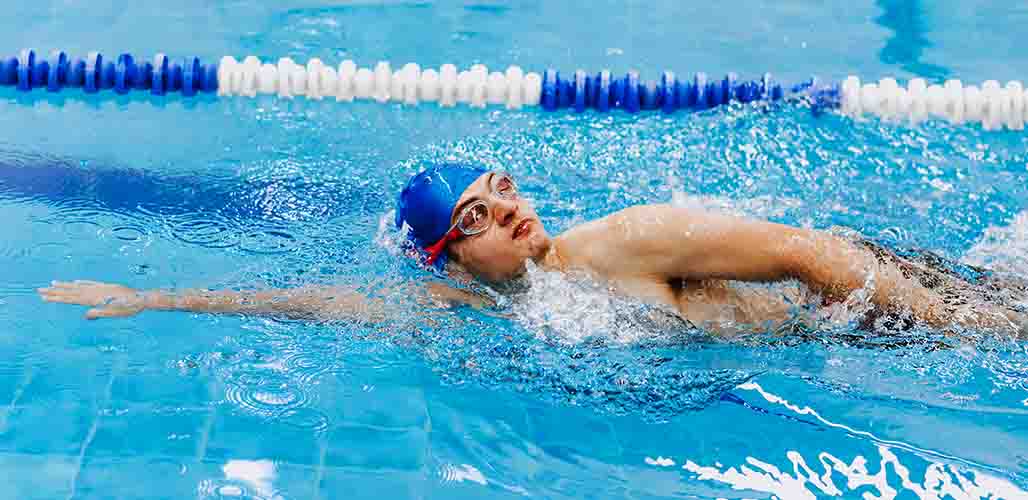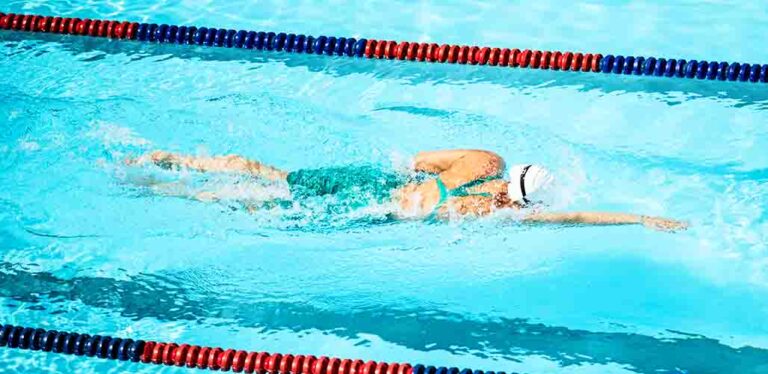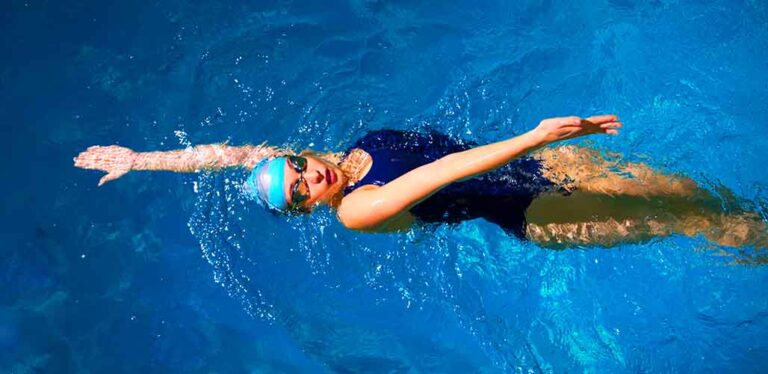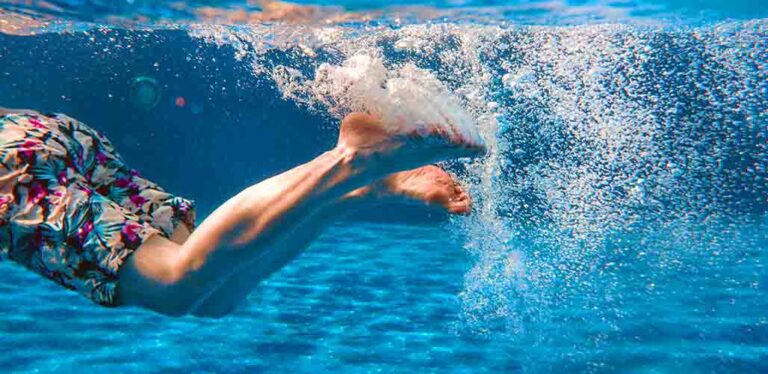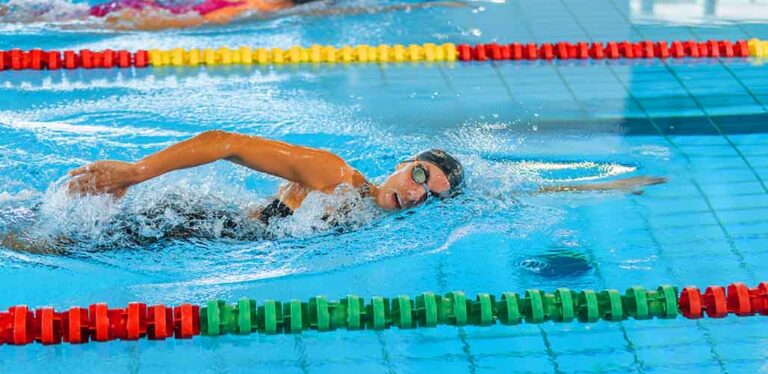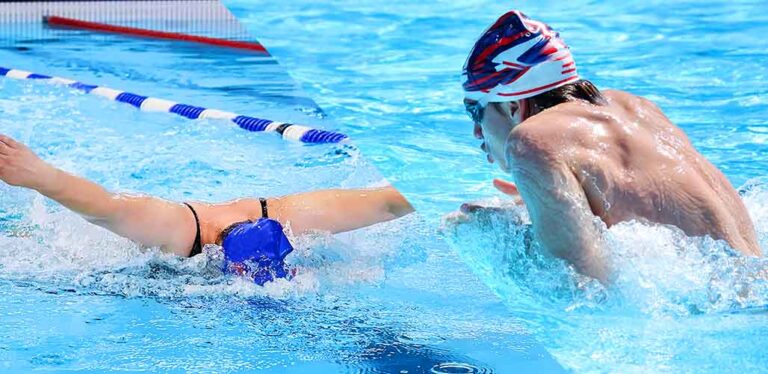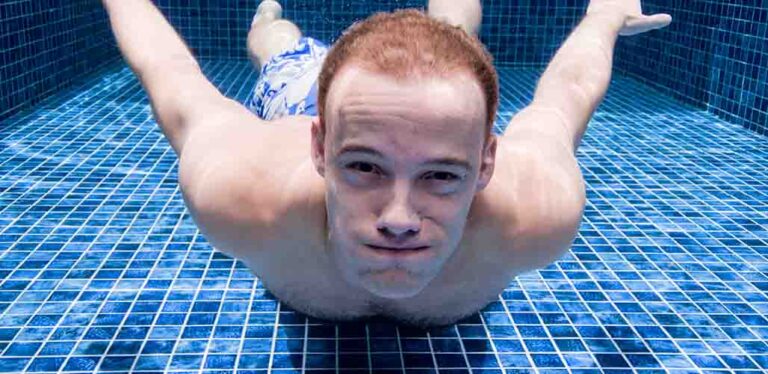How to Swim Without Plugging Your Nose
Learning how to swim without plugging your nose might seem easy to someone who doesn’t find holding their breath hard. But, I really struggled with teaching myself the right breathing techniques when I was younger. If you don’t learn proper breathing techniques in the water from the beginning, you may find yourself reaching for a nose clip again and again. In this article, I will examine why so many people still depend on nose clips to have a comfortable swimming experience, how to swim without plugging your nose, and breathing techniques for an all-around better swimming experience. Read on to find out more.
Contents
- Why do people plug their nose whilst swimming?
- My personal experience
- What are nose clips?
- Disadvantages of wearing a nose clip
- How to swim without plugging your nose
Why Do People Plug Their Nose Whilst Swimming?
Have you ever seen kids in the pool trying to swim, but it seems like they can’t keep their heads far enough from the water’s surface? Those kids have probably experienced that awful feeling of inhaling water through their noses while swimming.
If you don’t want to put your face underwater while swimming, you won’t be able to use proper swimming techniques. Every swimmer wants to avoid getting water in their nose, no matter their age or how good they are. So, the solution for many of us is to plug our nose, either with a clip or just by pinching it with our fingers.
My Personal Experience
When I first started swimming, my father used a nose clip, so I thought the correct breathing technique was only to use my mouth. It wasn’t long before I had problems inhaling water, so I began to borrow my dad’s clip. After a year, I took swimming lessons to improve my performance. My instructor told me to lose the clip and relearn my breathing technique.
Now, when underwater, I breathe in through my mouth and out through my nose. But the transition was challenging. I found it difficult to stop water from going up my nose. It’s an awful sensation, a burning choking feeling that stops you in your tracks. Learning to go against the natural reflex to inhale through my nose took time.
Not only does sucking water up your nose and down your throat feel terrible, but it can also cause sinus infections and coughs. In the end, the challenge was worth it. My breathing technique these days is spot on, keeping me and my swim coach happy.
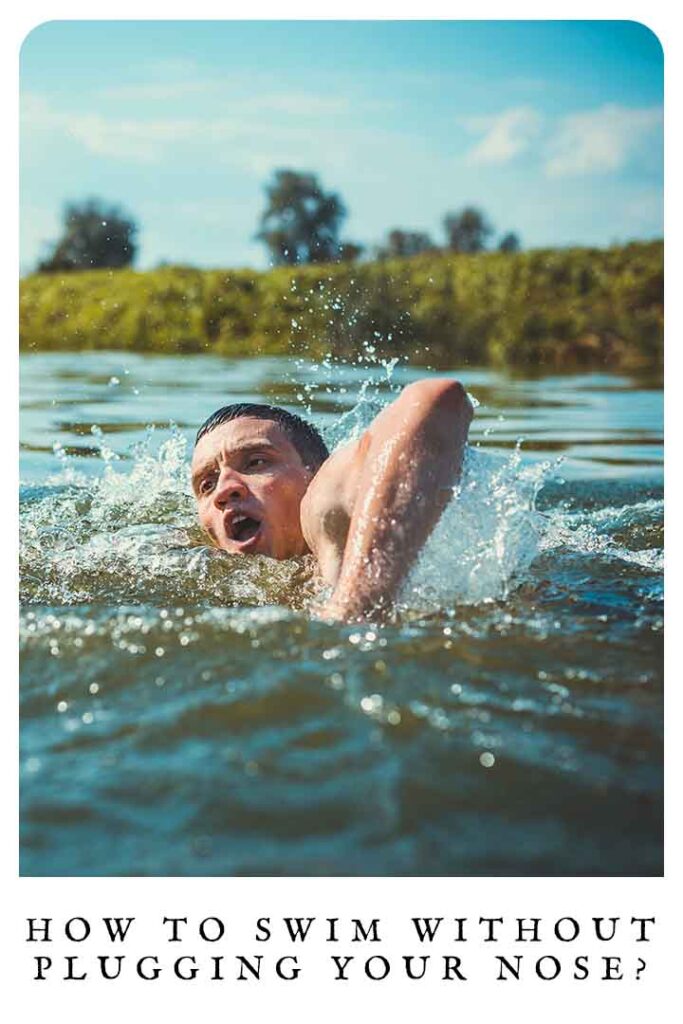
What Are Nose Clips?
I’ve mentioned nose clips a couple of times now, so let’s take a brief look at this equipment, in case you haven’t come across it before. A nose clip is a small piece of equipment that pinches the nose and keeps water out while swimming. It is especially helpful for beginners who have yet to learn how to breathe in a certain way.
Inserting a nose clip is relatively simple. Place it on your nose with the bridge pointing upward. Then, squeeze the ends against the nose.
Many swimmers like the nose clip. However, as it may be helpful, it might also hinder your performance. You should only use a clip if you want to concentrate on mastering a particular stroke but have problems focusing due to water entering your nose. Once your technique is mastered, you should begin practicing without the nose clip.
The Disadvantages of Wearing a Nose Clip
- You can’t breathe as well as you used to. When your nose is closed, not only does it keep water out, but it also keeps air out.
- If your head is in the water, you should always be breathing out. When someone has a nose clip, they tend to hold their breath.
- Once you get used to swimming with a nose clip, it’s hard to do so without one. It should not become a habit at all.
How to Swim Without Plugging Your Nose
One of the first things you should learn as a swimmer is how to blow bubbles with your face underwater. Swimmers learn to let go of oxygen while their face is submerged by exhaling through their nose. This helps them avoid swallowing or choking on water.
Small children love to learn to control their breath in the water by blowing bubbles. This helps them learn how to hold their breath underwater and when to come up for air. Remember that you don’t need to be at the pool to practice blowing bubbles; you can do so at home in the bathtub!
Exhaling
Most people choke on the water while swimming because they blow out all their air too soon or too late. While swimming, you should take a big breath of air on the side of the arm that is out of the water. When your face goes back under the water, blow a small amount of continuous air out of the nose and the mouth. Do this until you need to take your next breath.
After you take your next breath, hold the air and release it quickly from your nose and mouth just before you take the following breath. Then continue this cycle.
Timing Your Breath
It would be best if you learned to breathe to the side. The easiest way is to turn your shoulders as you swim freestyle. This makes pulling your mouth out of the water more straightforward.
Keep Relaxed
One way to make breathing easy is to stay calm. Too often, swimmers tighten up and force themselves through the water. Being tense will create a lousy technique, and your overall performance will suffer. Stay calm so that you move effortlessly through the water. Let yourself breathe normally without forcing air in and out.
In Summary: How to Swim Without Plugging Your Nose
The best way to avoid blocking your nose as you swim is to learn proper breathing techniques before you develop bad habits. The feeling of inhaling water as you swim is really awful and will, at the very least, upset your rhythm but will more than lightly stop you in your tracks.
Believe it or not, learning to blow bubbles while in the water is a great exercise to improve your breathing problems. Small children will have fun with this, but everyone should practice it. Timing is everything when swimming. Learn to take your breath at precisely the right moment so as not to upset your rhythm. Try to remain calm and relaxed in the water. Being tense makes you force yourself through the water and constricts your breathing making you inefficient.
Use nose clips sparingly. When your nose is closed, not only does it keep water out, but it also keeps air out. You can use a clip if you want to concentrate on a particular stroke but have problems focusing due to water entering your nose. Afterward, it would be best if you retrained the technique without the aid of the clip. If you have trouble breathing while in the pool, ask for help. A good swimming instructor will have the right answers to your problem.
More Help With Swimming Techniques
- Which crawl stroke suits me best?
- Can swimming with a float help my technique?
- How fast should I be able to swim?
- Swimming in deep water
- Learning to swim for longer
References
- Leahy, M. (et al), ‘The Mechanics of Breathing During Swimming’, Medicine and Science in Sports and Exercise (2019)
- Montgomery, J. & Chambers, M. ‘Mastering Swimming’, Human Kinetics (2008)
- Nagle, J. ‘What Happens to Your Body When You Swim’, The Rosen Publishing Group, Inc. (2009)

